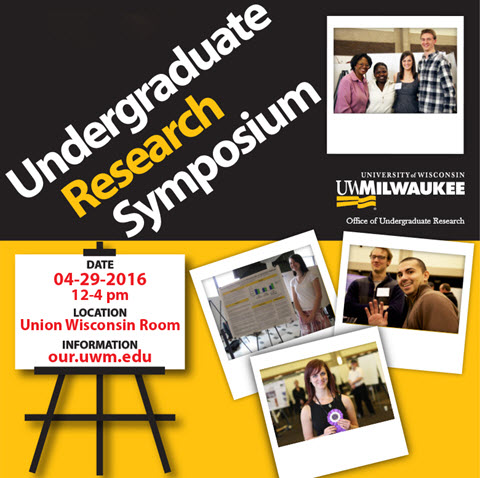Getting to Know Kern: An Ethnographic Study of Participant Preservation at Seed Savers Exchange in Decorah, Iowa
Mentor 1
Tracey Heatherington
Location
Union Wisconsin Room
Start Date
29-4-2016 1:30 PM
End Date
29-4-2016 3:30 PM
Description
The increasingly rapid erosion of genetic diversity in crop populations and is one of the leading threats to agricultural sustainability and global food security. Seed Savers Exchange practices Participatory Preservation, a method of conservation that combines gene banking technology with networks of gardeners and seed savers to protect varieties of crops that are threatened or at risk. My research focused on how Participant Preservation is being done at Seed Savers. I worked over the summer as an intern in the Preservation Department and my study was conducted using participant observation, note taking and informal interviews. A major portion of my internship, four weeks, was working with a team to hand pollinate corn. While participating in this intimate and specialized work I became familiar with the intricacies of different corn varieties. For example: Big Horse Spotted has broad beautiful leaves coated in tricombs that irritated my skin; Bloody Butcher’s silks need to be cut almost every other day or they will escape their protective pollen proof bags; Indian Blue Corn’s maturation was staggered over a few weeks, with multiple tillers sending up viable tassels and silks, differentiating it from many of the other corn varieties. This familiarization and exposure to different varieties of corn meant that I was forced to reconsider this once mundane plant in my daily. The uniformity of many modern varieties, previously unnoticed, became apparent and even startling. These results show how Participant Preservation at Seed Savers Exchange has the ability to make salient the abstract idea of genetic erosion by challenging the naturalness of uniformity and monoculture with the presence of diversity.
Getting to Know Kern: An Ethnographic Study of Participant Preservation at Seed Savers Exchange in Decorah, Iowa
Union Wisconsin Room
The increasingly rapid erosion of genetic diversity in crop populations and is one of the leading threats to agricultural sustainability and global food security. Seed Savers Exchange practices Participatory Preservation, a method of conservation that combines gene banking technology with networks of gardeners and seed savers to protect varieties of crops that are threatened or at risk. My research focused on how Participant Preservation is being done at Seed Savers. I worked over the summer as an intern in the Preservation Department and my study was conducted using participant observation, note taking and informal interviews. A major portion of my internship, four weeks, was working with a team to hand pollinate corn. While participating in this intimate and specialized work I became familiar with the intricacies of different corn varieties. For example: Big Horse Spotted has broad beautiful leaves coated in tricombs that irritated my skin; Bloody Butcher’s silks need to be cut almost every other day or they will escape their protective pollen proof bags; Indian Blue Corn’s maturation was staggered over a few weeks, with multiple tillers sending up viable tassels and silks, differentiating it from many of the other corn varieties. This familiarization and exposure to different varieties of corn meant that I was forced to reconsider this once mundane plant in my daily. The uniformity of many modern varieties, previously unnoticed, became apparent and even startling. These results show how Participant Preservation at Seed Savers Exchange has the ability to make salient the abstract idea of genetic erosion by challenging the naturalness of uniformity and monoculture with the presence of diversity.


